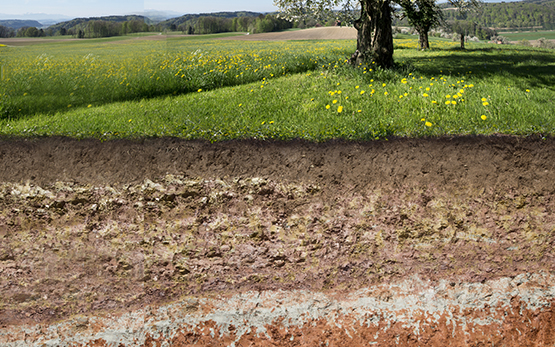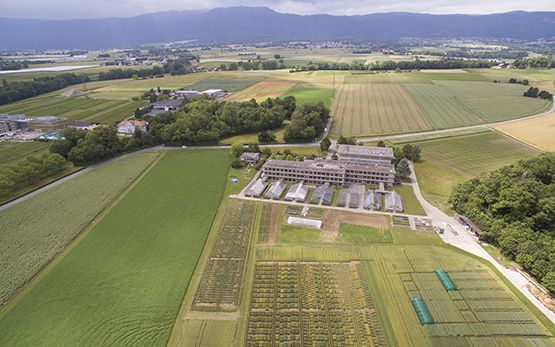Crop rotation and crop cover are key elements of environmentally compatible and soil-conserving agriculture.
There are few places in Europe where such a variety of crops are grown in succession on the same acreage as in Switzerland. This approach prevents soils from being used in an imbalanced manner. A varied crop-rotation is said to have high rotational diversity.
Agroscope experts investigated the effects of rotational diversity and crop cover on 155 cereal fields spread throughout most of Europe. They found indications that soil cover is more important for sustainable agriculture than previously assumed. Crop cover can be promoted, for example, by the use of green manure, or by incorporating multiyear ‘temporary leys’ into the rotation. This ensures that the soil surface remains covered.
Crop Cover is Key
The researchers discovered that yield and microbial diversity only increased along with increasing rotational diversity if the latter was low. If rotational diversity was already high, a further increase had a relatively minor impact on yield, soil quality and microbial diversity. By contrast, the length of time over the last ten years during which the soil was covered by vegetation had a much greater impact.
Conclusion: This suggests that in Europe, more crop cover can improve both yields and soil functions. Although rotational diversity is important for soil quality, microbial diversity and good yields, from a certain point onwards further investment in this factor achieves very little additional benefit.
Putting the Results into Perspective
Do these findings mean that crop rotation is suddenly no longer so important? By no means – after all, rotational diversity is already very high in quite a few European countries, particularly in Switzerland. Where this is the case, it then pays to invest in crop cover. In countries like the US or some European countries, however, whose rotational diversity is low, it pays to invest in rotational diversity, since this has the greatest positive impact on soils managed in an imbalanced fashion.
It therefore comes down to knowing how agriculture is practised in individual cases. Only then can we judge whether we can do something positive for the soil, yields and the environment with more crop rotation or with longer crop cover.
Article Published in Journal
The paper was recently published in the journal Nature Food:







